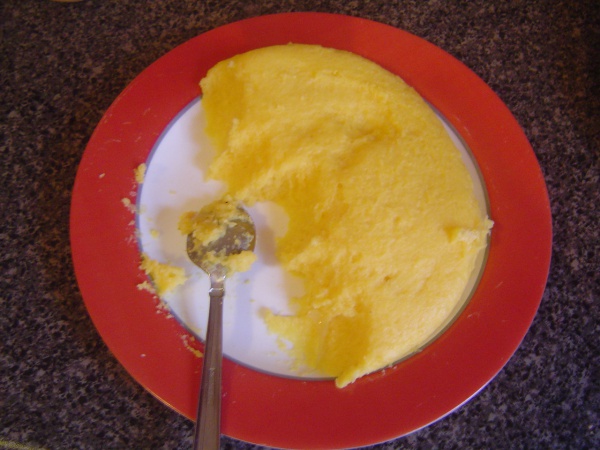Facts About Mămăligă
Mămăligă is a beloved Romanian dish made from yellow maize flour, akin to polenta in Italy, Switzerland, Slovenia, and Croatia. Initially a simple peasant food, it has now also found a place in upscale restaurants.
The history of mămăligă traces back to Roman times when grain porridge was a common staple before the widespread use of bread. Initially, it was made with millet flour, but with the introduction of maize to Europe in the 16th century, maize gradually replaced millet as the main ingredient. This transition was particularly advantageous due to maize's suitability for the region's climate, especially in the Danube Valley.
Traditional mămăligă is prepared by boiling water with salt and cornmeal in a special pot known as a "ceaun" or "tuci." This dish can be enjoyed in various ways—paired with milk, butter, cheese, sausages, bacon, or mushrooms. It is a versatile and nutritious option, often served with sour cream, cheese, or various meat dishes.
In Romanian cuisine, mămăligă is a cornerstone of several popular dishes. For example, it's an essential component of sarmale (cabbage rolls), bulz (mămăligă mixed with cheese and butter), and balmoș (a richer version cooked in sheep milk). There are even playful variations like cir de mămăligă and mieșniță, and mămăligă is frequently mentioned in Romanian literature and songs.
Yet, mămăligă isn't solely a Romanian treasure. Similar dishes exist worldwide. In Italy, it's polenta; in Brazil, there are their own versions of polenta. In the U.S., it's known as cornmeal mush, while Serbia and Bulgaria have kačamak. The Balkans enjoy pura, and in Turkey, there's kuymak. There is even a variant called broccoliga, which includes broccoli and cheese. Comparable dishes can be found in Caucasian and Caribbean cuisines, known as cou-cou or fungi.

 Moldova
Moldova